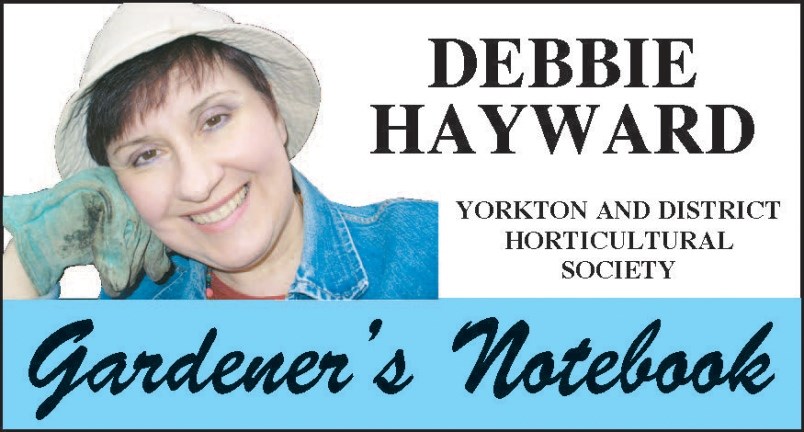An easy way to get gardeners chatting is to ask what planting zone we are. This topic is usually good for lively conversation! What zone do you think we are? Many people would probably say zone 2, but the plant hardiness map from the Government of Canada (www.planthardiness.gc.ca) shows that we are just at the northern edge of 3b, almost in 3a.
The plant hardiness map is a great guide to tell us what plants can grow in what area. A variety of climate conditions are studied and combined to produce this map.
How did the idea of hardiness zones begin? The first map of zones came along in 1960 from the USDA. It was a very basic map that showed only the coldest winter temperatures for various areas. Then in 1967, Canada came up with a map for our country, with areas from 0 to 8, but over the years it has been fine- tuned to include not only minimum temperatures but things like rainfall, winds, and maximum temperatures. Zones also came to be divided into “a” and “b” to make things even more precise.
Gardeners always like to be a little bit daring and try to grow plants that are a challenge for our zone, and sometimes it is possible to do so. We’ve talked about “microclimates”, which are small areas that vary in their conditions from the larger area around them. This can happen for various reasons. A yard that is very sheltered and surrounded by trees to block out the wind could be a microclimate. An area close to a house or garage could be a small microclimate (think of irises or tulips planted close to a house and come up more quickly in the spring than those planted out in the open). A fenced in yard could also be a microclimate as it is protected from wind, and the rays of the sun might bounce off the boards back onto the garden space. An area that is in a slope facing south or east can also be a microclimate as it gets full impact of the sun. Any of these examples of microclimates could be possible areas where we can grow something that is really meant for a warmer zone than our own.
We can be extra-brave with a garden choice meant for a warmer zone is if we are willing to create a small microclimate around the plant, especially in winter. We might need to provide extra protection with leaves, mulch, wrap, and perhaps even a box of some sort, plus shovelling extra snow cover on top over the winter. It is more work, it’s true, but if we really want that special plant, it’s worth the effort.
And don’t we get tempted when we see those lovely seed catalogues from other places! We can maybe be brave and try plants that are one zone higher than where we are. This is never a guarantee of success, of course, but gardening never has guarantees! But sometimes it works out just grand!
It is almost mid-June, and if we have mugo pines, it is time to candle them! We should never trim mugos in the fall, but if we trim new growth (the candles) now, it will keep our mugo in shape, and also help it to develop a beautiful density.
The Yorkton and District Horticultural Society invites you to check our website at www.yorktonhort.ca Thank you to our friends at Yorkton This Week for their continued excellence in bringing us local news. Let’s pray for health for all and good gardening weather ahead. Have a great week




